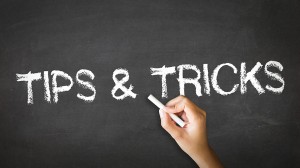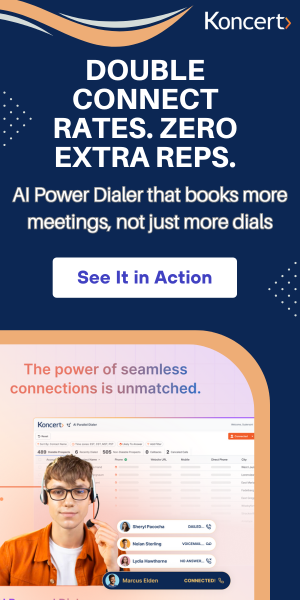6 min read
Tips to Send Automated Emails to Sales Prospects
By: Joe Cronin on Nov 2, 2018 11:08:00 AM

Email marketing automation is an extremely powerful tool for connecting with and converting your sales prospects. The right campaigns give them the information they need to take the next step in their relationship with you, whether it’s making a purchase, signing up for a demo, or joining another email list.
Once the right campaigns are in place, they do the work for you. You don’t even have to lift a finger! Of course, developing the right automation campaigns is easier said than done.
Let’s get you started with three important tips for creating a great automated email campaign:
Automated Emails to Your B2B Sales Prospects
1. Personalize as Much as Possible
General emails aren’t going to provide any value to your prospects. They’re transparent and uninspired. At best, they’ll delete the email and move on with their day. At worst, they’ll be annoyed and unsubscribe. Even your automated emails need to make prospects feel like the message is being tailored specifically for them.
Go for the low-hanging fruit first. Connect your email automation platform with your customer database and use tokens to include their first name, company, or anything else that might be relevant.
Personalizing the message is a bit more work. You need to start off by dividing your customers into a variety of buckets, known as customer personas. For each persona, you’ll have a different set of automated emails. These personas should be divided into interests, demographics, and lead source. For example, sales prospects gathered at an industry event should receive several email follow-ups from the event first, and they can then be pushed into a bucket based on what they were specifically interested in. This keeps everything relevant to them and has a much better chance of converting than a generic company newsletter.
2. Keep Them Short and Sweet
Long-form content is extremely effective when utilized properly, but emailing sales prospects isn’t the time or place for it. Research shows that the ideal email length is between 50 and 125 words. If it’s any longer than that, the response rate begins to fall. If it’s any shorter than that the email rate is also lower since there simply isn’t enough information to follow up on.
Don’t worry about giving your prospects everything they need to know at once. The whole premise of an email automation campaign is to give them what they need in drips. Grab their attention, give them a chance to take the next step down the marketing funnel, and let them move on with their day. Keep the great content coming and they’ll convert sooner or later.
3. Develop the Proper Sales Cadence
In order for your email automation to be successful, having the right sales cadence is a must. It takes multiple touches in order to push somebody down the funnel as an initial prospect. Average open rates are around 33% but can be much lower depending on your industry. A successful campaign must send multiple effective messages, there’s no way around it.
The essentials of sales cadence are that you need to find the most effective times to send your messages. It’s a tricky business. You need to maximize open rates while also sending frequently enough to stay in your prospect’s mind while not sending so frequently that they get annoyed. For more information on developing a great sales cadence, take a look at our article on sales cadence best practices.
The last piece of the sales email automation puzzle is having the right tools in place to run everything for you. If you need to connect better with your sales prospects, the Koncert Cadence platform is perfect. It helps you personalize every interaction and develops the right sales cadence for every sales prospect you have. You’ll even be able to effectively mix phone calls with your emails, building a much stronger relationship than you could with email alone.
To get started with a free demo, simply click here, and reach out to us today!
Related Posts
8 min read
What’s the Best Dialer for Cold Calling? Real Insights Backed by 20M+ Calls
Nov 24, 2025 by Koncert Marketing
13 min read
Stop Wasting Dials: How Ultra-Low Latency AI Dialing & Real-Time Data Enrichment Deliver 10X Connect Rates
Oct 30, 2025 by Koncert Marketing



